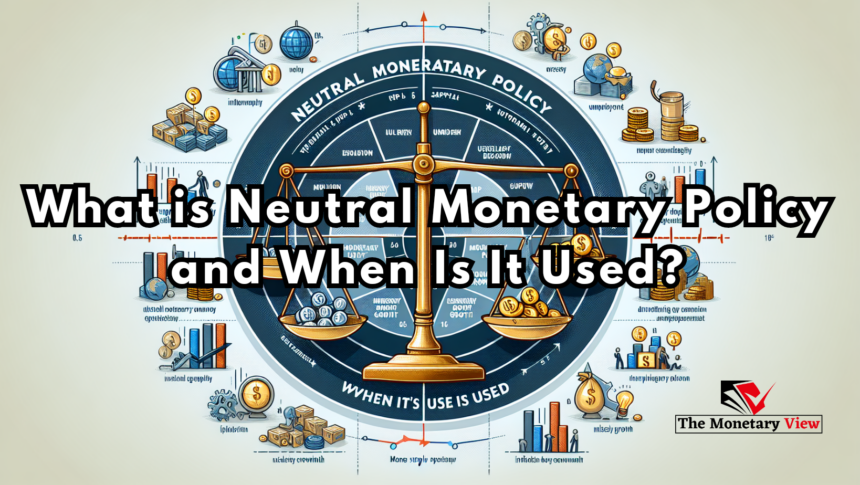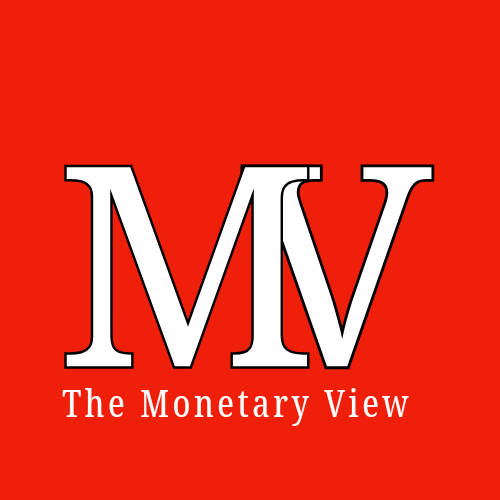Monetary policy is a critical tool used by central banks to manage a country’s economy by influencing money supply, interest rates, and overall economic stability. Among the various stances of monetary policy, neutral monetary policy occupies a middle ground, neither stimulating nor restraining economic activity. This article explores the concept of neutral monetary policy, its objectives, and the circumstances under which it is implemented.
Understanding Neutral Monetary Policy
Neutral monetary policy refers to a stance where the central bank sets monetary conditions that neither accelerate nor slow down economic growth. In essence, it aims to maintain equilibrium in the economy by setting interest rates at a level consistent with full employment and stable inflation. This level is often referred to as the neutral interest rate or the natural rate of interest.
The neutral policy stance is designed to:
- Stabilize the Economy: Prevent overheating or excessive slowing of economic growth.
- Control Inflation: Maintain inflation close to the central bank’s target, usually around 2% in many developed economies.
- Support Full Employment: Encourage sustainable employment levels without triggering inflationary pressures.
Characteristics of a Neutral Monetary Policy
- Balanced Approach: Unlike expansionary or contractionary policies, a neutral stance does not aim to shift economic momentum but rather to sustain current growth.
- Interest Rates at Neutral Level: The central bank sets the benchmark interest rate near the neutral rate, which balances savings and investments without causing significant economic fluctuations.
- Stable Inflation Expectations: Inflation remains steady, typically at or near the target level.
- Moderate Economic Growth: Economic growth aligns with the potential growth rate of the economy.
When Is Neutral Monetary Policy Used?
- Economic Stability: Central banks adopt a neutral policy when the economy is operating at its optimal capacity, with GDP growth, employment, and inflation near desired levels.
- Transition Periods: After periods of expansionary or contractionary policy, the central bank may shift to neutral as a transitional phase to avoid overcorrecting the economy.
- Uncertainty in Economic Conditions: When future economic conditions are uncertain, a neutral stance allows the central bank to monitor developments without taking aggressive measures.
- Post-Crisis Normalization: Following a financial crisis or economic recession, a neutral stance can help stabilize the economy after recovery efforts.
How Do Central Banks Determine Neutral Policy?
Determining the appropriate neutral stance requires:
- Estimating the Neutral Interest Rate: Central banks use models to calculate the interest rate that supports stable economic growth without inflationary pressures.
- Analyzing Economic Indicators: Data on GDP growth, employment, inflation, and consumer spending guide decisions.
- Assessing Global Economic Trends: External factors such as trade dynamics, currency exchange rates, and global market conditions influence neutral policy decisions.
Examples of Neutral Monetary Policy
- The Federal Reserve (U.S.): The Federal Reserve often refers to the neutral rate as the “r-star” (r*). After periods of monetary easing, such as during the 2008 financial crisis, the Fed gradually increased interest rates to transition toward a neutral stance.
- European Central Bank (ECB): The ECB employs a neutral policy when inflation is close to its 2% target and economic growth is stable across member states.
- Bank of Japan (BoJ): After years of aggressive monetary easing, the BoJ considers neutral policies during periods of moderate inflation and economic stabilization.
Challenges of Neutral Monetary Policy
- Estimating the Neutral Rate: The neutral rate is not directly observable and varies over time based on economic conditions.
- External Shocks: Unexpected events such as geopolitical tensions or natural disasters can disrupt economic equilibrium.
- Lagging Effects: Monetary policy changes take time to affect the economy, making it difficult to maintain a precise neutral stance.
Conclusion
Neutral monetary policy is a vital component of economic management, providing a balanced approach to sustaining growth and maintaining price stability. While it does not seek to actively stimulate or restrain the economy, it ensures that monetary conditions align with long-term economic objectives. Central banks employ neutral policies during periods of stability, transitions, or uncertainty, making it a cornerstone of effective economic governance. However, its implementation requires careful monitoring and adjustment to navigate the complexities of dynamic economic environments.







